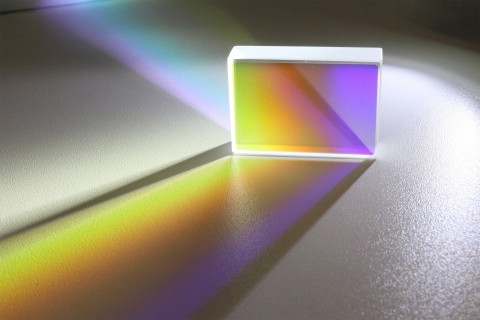Optics Balzers: Linear Variable Filter – a flexible solution for data acquisition in laboratory technology
The current SARS-CoV-2 pandemic has made it abundantly clear how important it is to determine analytical laboratory values quickly and accurately. However, even in the days before the pandemic erupted, there was already a strong focus on laboratory equipment and processes. These should always be multifunctional and flexible, as a large amount of data must be collected in a short time. The results must then be analysed precisely to ensure accuracy and reliability.
This press release features multimedia. View the full release here: https://www.businesswire.com/news/home/20200908005226/en/

Linear Variable Filter by Optics Balzers
Optical methods for information acquisition, e.g. based on spectroscopy, are indispensable in laboratory equipment. Fluorescence techniques such as labelling in marker technology are just one example of the integration of optical components in process analysis. The process spectroscopy division is growing continuously and the success factor lies in the segmentation of the products. However, it is precisely this segmentation and the associated specialization of laboratory equipment that poses a crucial problem in terms of cost structure. Despite the desire for diversity, the components used must allow for a certain flexibility. Only then is it possible to offer attractive and innovative solutions both in terms of technology and cost. Optics Balzers, as a globally recognized supplier of innovative coating solutions, has developed specific solutions for this market. For example, Linear Variable Filters (LVF) for use in laboratory analysis systems. Thanks to a special coating technology, these filters have a precisely defined spectral response.
LVFs have various features that can be customized and optimized according to the application. Optics Balzers offers various LVFs in the spectrum, from 300nm to the near-infrared range. The adjustable edge position of the transmission band can be adapted to the respective measurement task.
The combination of only two filters to form a bandpass filter that can be adjusted and tuned as desired represents an inexpensive alternative to buying a large number of individual filters. LVF therefore appears to be the method of choice for diagnostic systems that require a particular degree of flexibility.
> Link to the full Application Note: https://www.opticsbalzers.com/en/services/downloads.html
View source version on businesswire.com: https://www.businesswire.com/news/home/20200908005226/en/




